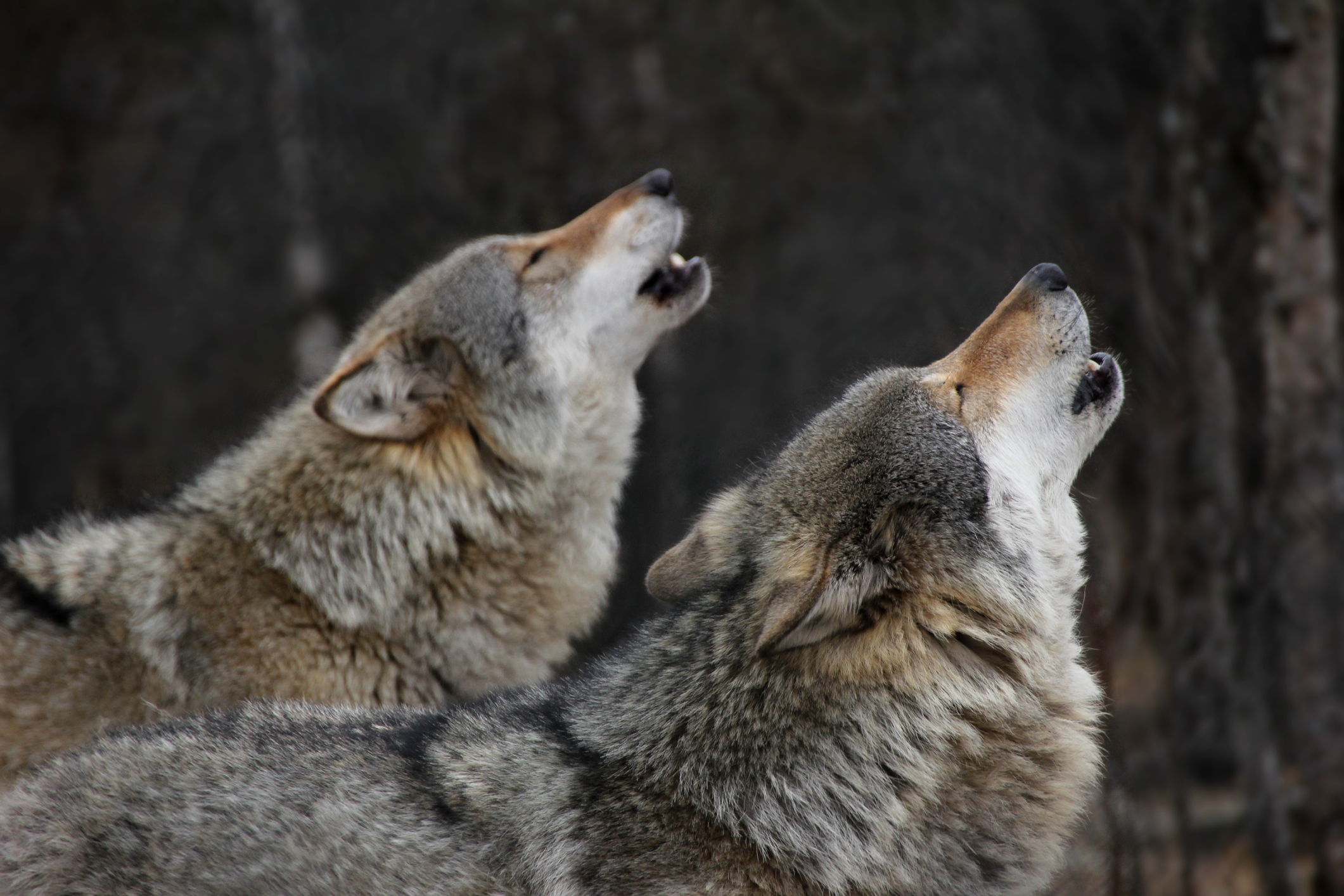Gray wolves returned to our landscape in 2007. Since then, they have settled into the Northeast portion of the state with 30 of the 37 recognized packs in Washington residing there.
This week the Washington State Department of Fish & Wildlife announced the opening of a rulemaking regarding gray wolves. The department is asking for public input on changing the state’s conservation status of gray wolves from “endangered” to “sensitive.”
Under Washington state’s definitions, “endangered” species are “seriously threatened with extinction throughout all or a significant portion of its range” while “sensitive” species are “vulnerable or declining and likely to become endangered or threatened in a significant portion of its range without cooperative management or removal of threats.”
Gray wolf advocates say changing their conservation status would be disastrous for the population, raising false alarms about year-round hunting and touting the ecological benefits of the predators. However, neither the downlisting proposal nor two bills heard in the legislature this session discuss removing gray wolves from the state but rather finding ways to manage them for better coexistence.
A recent study of gray wolf reintroduction in Yellowstone National Park further erodes the claims of activists, noting the wolf population in the park did not create a total habitat restoration. Researchers from Colorado State University studied different parts of the national park over a 20-year period and discovered that factors beyond gray wolf reintroduction matter in habitat restoration discussions.
The researchers noted once a predator has been removed from a habitat, the habitat evolves to continue without that predator. In the case of gray wolves at Yellowstone National Park, the ecosystem adapted.
“Claims of ecosystem restoration, resulting from a trophic cascade following the restoration of the gray wolf to Yellowstone, have been used to justify translocation of wolves to their unoccupied former range in many areas of the world,” the study states. “Careful scrutiny has revealed these claims to be exaggerated or false.”
As our state grapples with a gray wolf population that was anticipated to have disbursed to all parts of the state by now, adding first-hand experience to any rulemaking discussions are crucial.
In testimony before the House Agriculture & Natural Resource Committee, Kathy McKay, of K Diamond K Ranch, shared experiences like sleeping in her barn to monitor her livestock night after night and having to shield guests of the ranch from livestock killed by gray wolves.
During the same hearing, Confederated Tribes of the Colville Reservation member Mel Tonasket called for a balanced approach to gray wolves. Tonasket noted tribal members hunted wolves but respected the need to keep them on the landscape. He spoke in support of the two bills aimed at trying new approaches to the predators.
The bills died in committee.
Without legislative intervention, the rulemaking process is the next best opportunity for members of the public to share their thoughts on gray wolves in our state. Anyone with thoughts about the potential to change the status of gray wolves from “endangered” to “sensitive” can submit their comments until May 6, 2024, via any of the following methods:
- By going to publicinput.com/sepa_graywolf and submitting a written comment,
- By emailing graywolf2024@publicinput.com,
- By calling 855-925-2801 and entering project code 6505 to leave a voicemail,
- Or by mailing written comments to Washington Department of Fish and Wildlife, attention Wildlife Program, P.O. Box 43200, Olympia, WA 98504.






